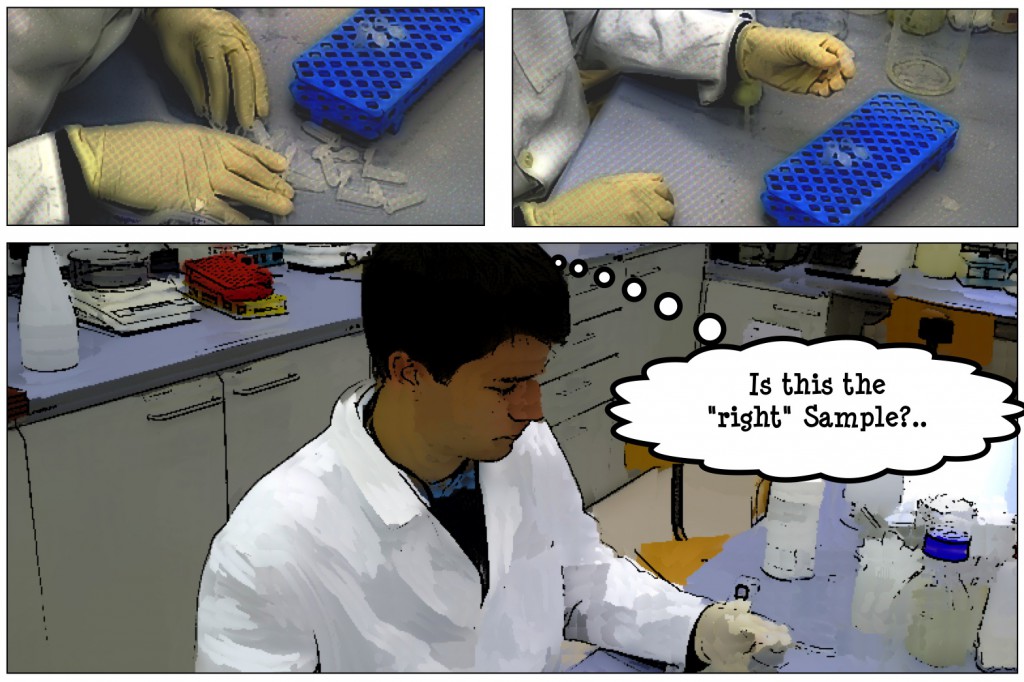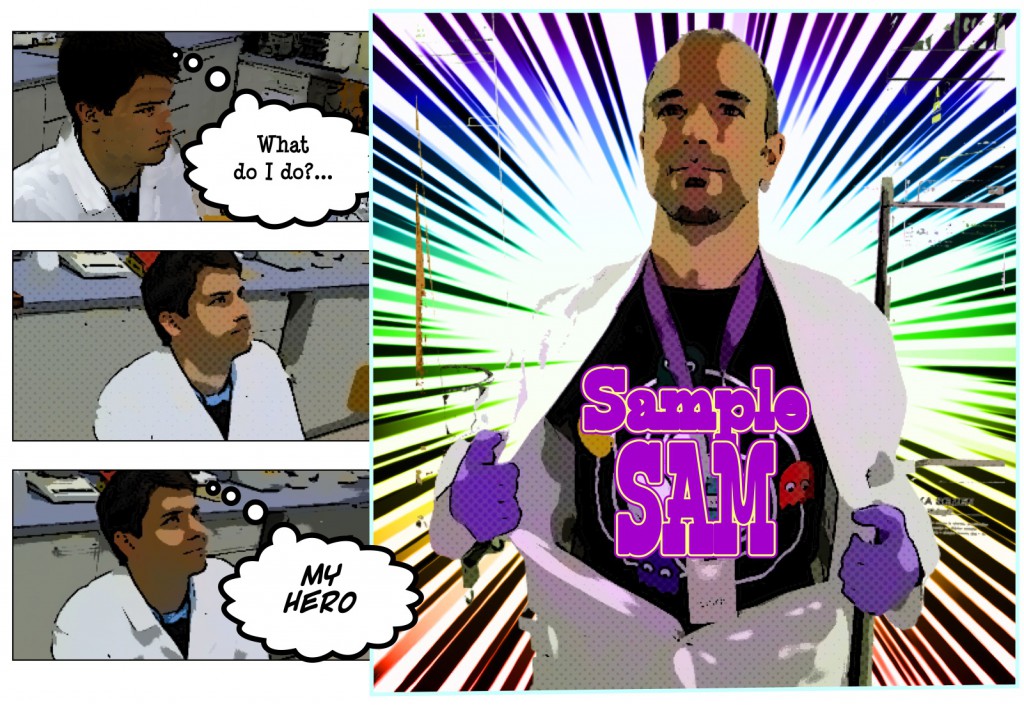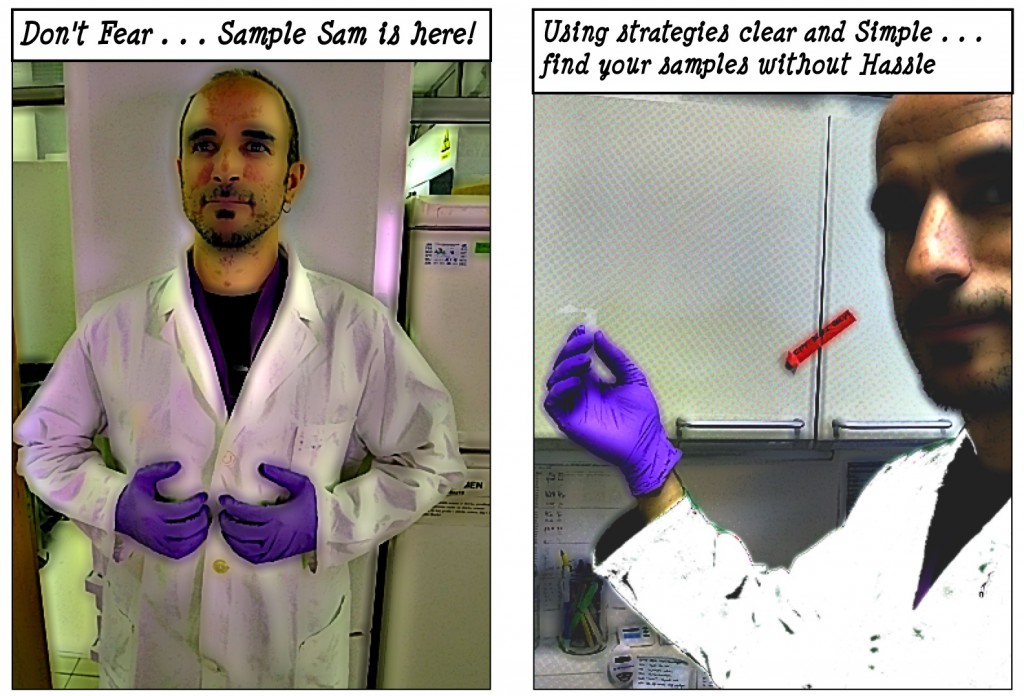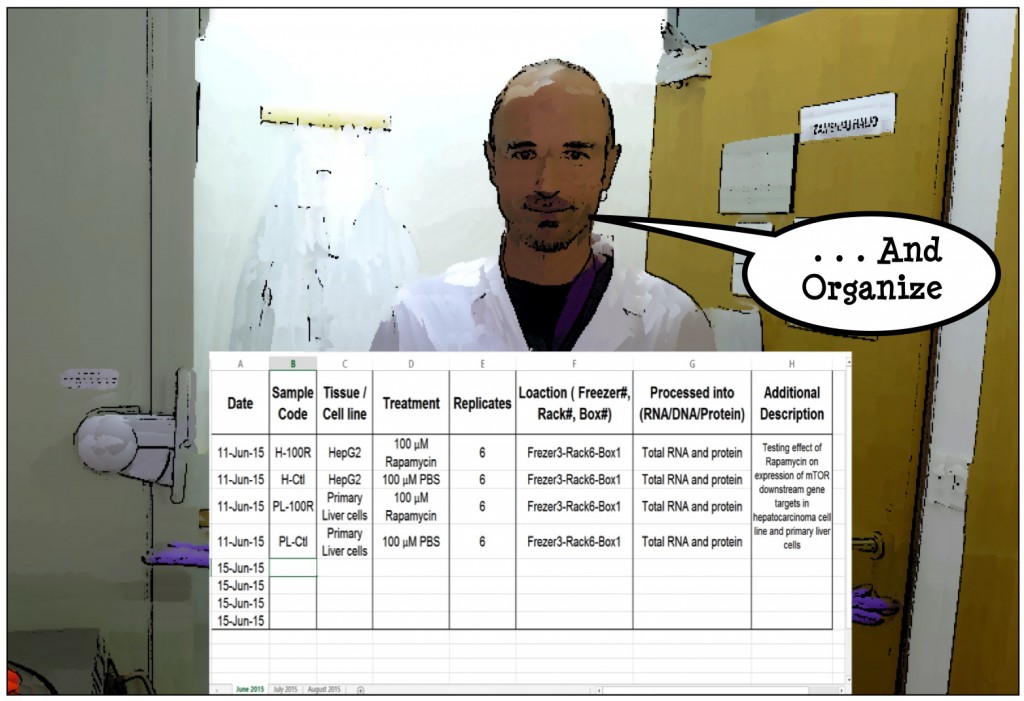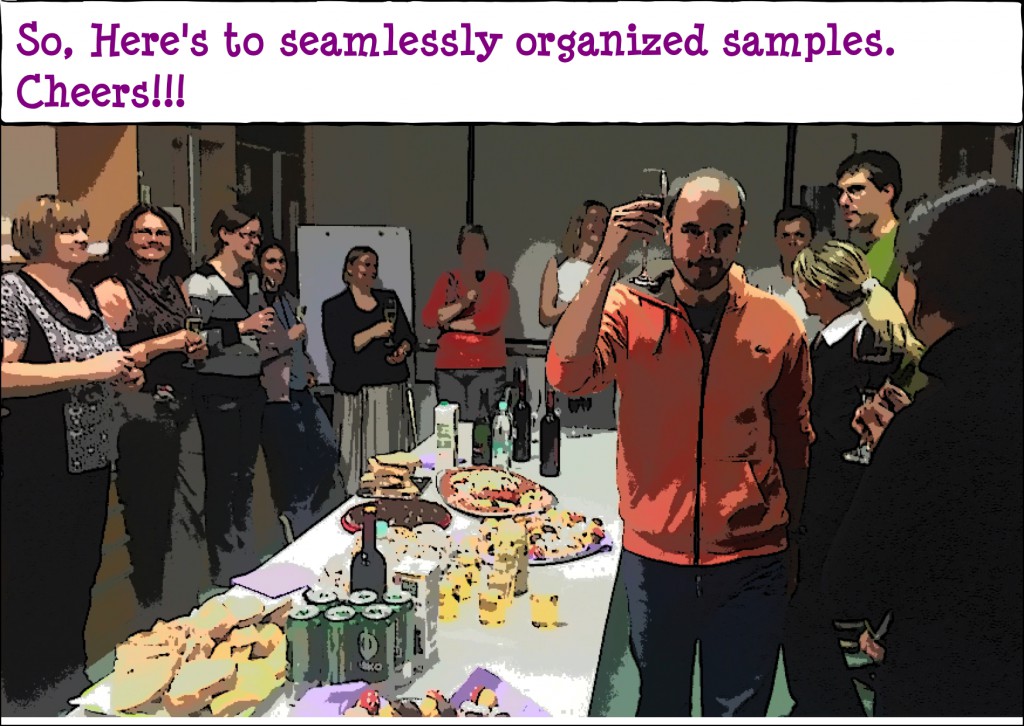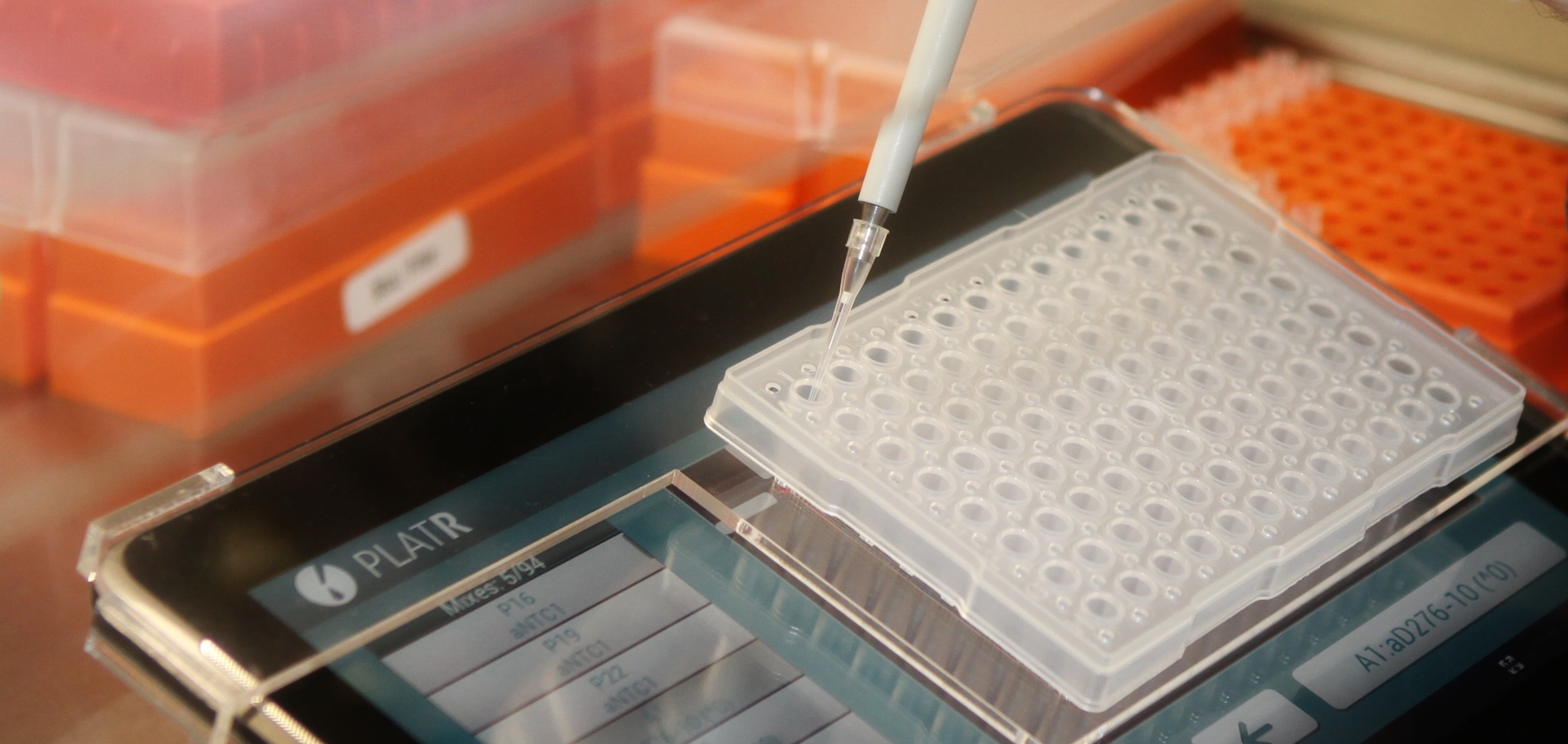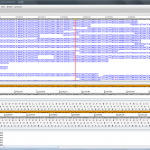Sample management should move from being an afterthought to become an integral part of the planning and execution of each experiment and research project
As research articles authored by multiple groups across many institutions and countries become the norm in the highly collaborative biomedical field, sample management should move from being an afterthought to become an integral part of the planning and execution of each experiment and research project.
Ideally each research group could invest in a state-of-the-art LIMS system, with barcoded samples and automatic tracking along the research chain. LIMS on the other hand is complex, implementation is measured in months and can cost anywhere form 50 000 EUR to 500 000 EUR. However, every researcher already has access to the existing tools, which could be employed to take charge of their samples.
Why is this important? Have you ever searched for the precious “lost samples” that should be in the bag somewhere in some freezer? You wanted to repeat the analysis but your non-labelled samples got mixed up? Did you try to repeat the experiment on the samples from your ex co-worker that left your lab and you have no clue where he/she left them?
Meet our Sample Sam and find the answers on how to easily keep track of your valuable samples and reagents.
We suggest you follow Sample Sam’s suggestions on how to organize your samples and make sure your samples are never lost again!
Start with experiment-wise organization of samples and their labelling scheme through creation of simple lists and tables using spreadsheets. A basic example of such a list allows for a sample organization split into monthly Excel sheets. You can download a simple Excel template for sample organization here.
When deployed at the start of each new experiment, this simple strategy will empower researchers to faithfully track each sample from tubes, to boxes, to freezers.
By Mukundh N. Balasubramanian, PhD, Marie Curie Interfaces – BioSistemika LLC


